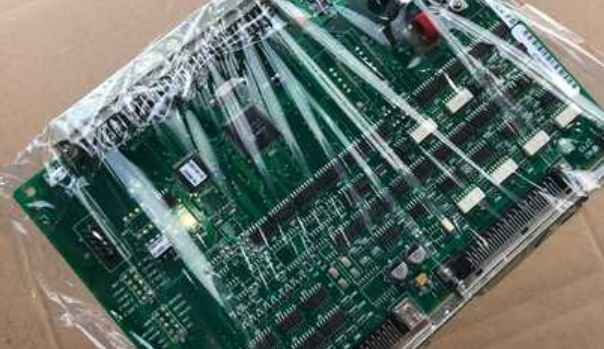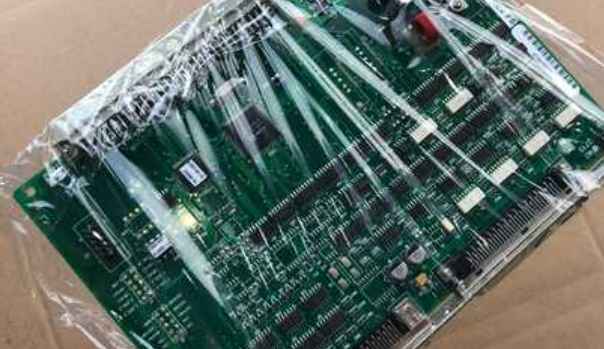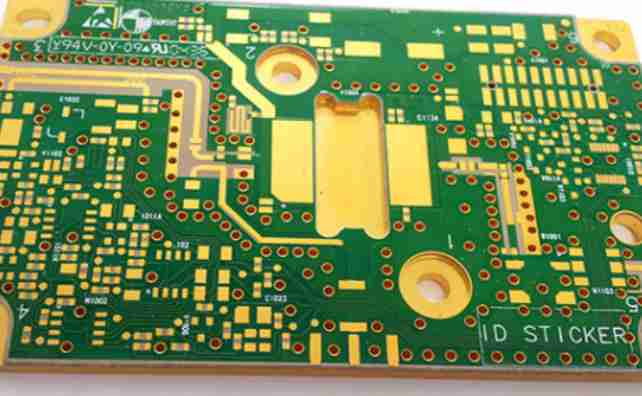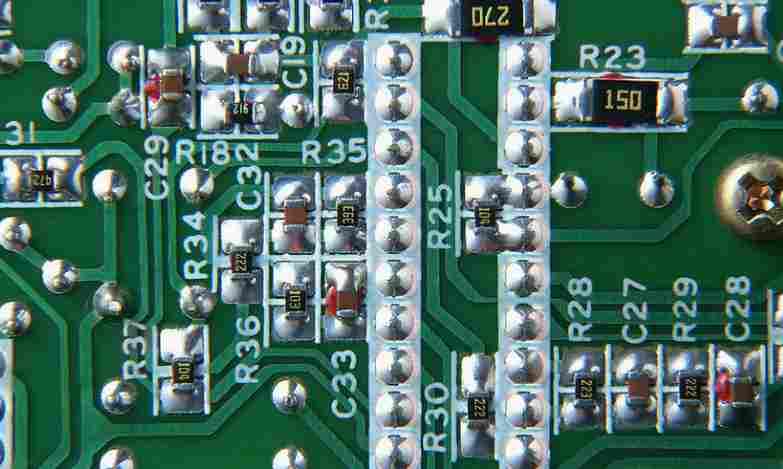
PCB circuit board is the basic electronic components of all electronic circuit design, and the design of PCB circuit board is also a must understand for makers. The role of PCB is not only to combine scattered components, but also to ensure the regularity of circuit design, and to avoid the confusion and error caused by manual wiring and wiring.
1. Take a reasonable approach
Such as input/output, AC/DC, strong/weak signal, high frequency/low frequency, high voltage/low voltage, etc. Their direction should be linear (or separate) and not blend with each other. The aim is to prevent mutual interference. The best direction is in a straight line, but it is generally not easy to achieve, the most unfavorable direction is a ring, and fortunately, isolation can bring improvement. For DC, small signal, low voltage PCB design requirements can be lower. So "reasonable" is relative.

2. Pick a landing spot: The landing spot is often the most important
Small ground point I do not know how many engineering and technical personnel have done much to discuss it, which shows its importance. Under normal circumstances, common points are required, such as: multiple ground lines of the forward amplifier should be joined and then connected to the main line ground, and so on. In reality, it is difficult to do this completely due to various restrictions, but you should try to follow it. This problem is quite flexible in practice, and everyone has their own set of solutions, which are easy to understand if they can be explained for specific circuit boards.
3. Reasonable arrangement of power filter/decoupling capacitors In general, only a number of power filter/decoupling capacitors are drawn in the schematic diagram, but it is not pointed out where they should be connected. In fact, these capacitors are set for switching devices (gate circuits) or other components that need filtering/decoupling, and the arrangement of these capacitors should be as close to these components as possible, and too far away will have no effect. Interestingly, when the power filter/decoupling capacitor arrangement is reasonable, the ground point problem is not so obvious. 4 The diameter of the line requires that the size of the buried hole through the hole is appropriate
4. Conditions to do wide line never do thin; The high voltage and high frequency lines should be circular, without sharp chamfer, and the corners should not be used at right angles. The ground wire should be as wide as possible, and it is best to use a large area of copper, which has a considerable improvement in the docking location. The size of the pad or wire hole is too small, or the size of the pad is not properly matched with the size of the drilling hole. The former is unfavorable to manual drilling, and the latter is unfavorable to CNC drilling. Easy to drill the pad into a "c" shape, heavy drilling off the pad. The wire is too thin, and the large area of unwired area is not equipped with copper, which is easy to cause uneven corrosion. That is, when the unwired area is corroded, the thin wire is likely to corrode too much, or it seems to be broken, or it is completely broken. Therefore, the role of setting copper is not only to increase the ground area and anti-interference.
5. Number of holes, solder joints and linear density
Some problems are not easy to be found in the early stage of circuit production, and they often emerge in the later stage, such as too many wire holes, and the copper sinking process will be buried with a little carelessness. Therefore, the design should minimize the line hole. The density of parallel lines in the same direction is too large, and it is easy to join together when welding. Therefore, the linear density should be determined according to the level of the welding process. The distance of the solder joint is too small, which is not conducive to manual welding, and the welding quality can only be solved by reducing the efficiency. Otherwise, there will be hidden dangers. Therefore, the determination of the minimum distance of the solder joint should consider the quality and efficiency of the welding personnel.
If you can fully understand and master the above PCB design considerations, you can greatly improve the design efficiency and product quality. Correcting the existing errors in the production will save a lot of time and cost, and save rework time and material investment.







